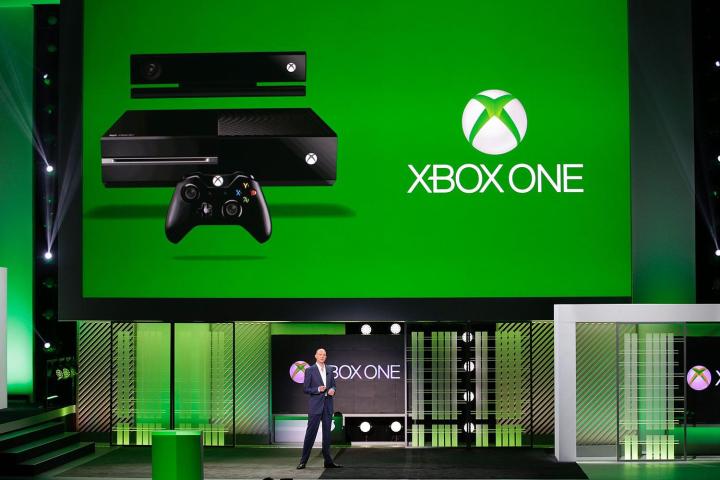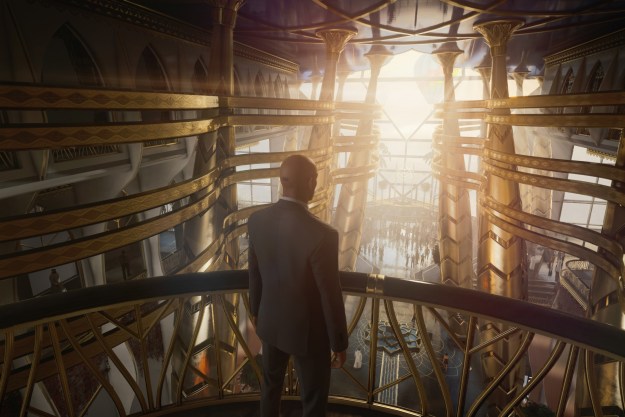
For the better part of a year, Microsoft stood firm. There could be no Xbox One without Kinect — just as there could be no Kinect without Xbox One. In spite of early and regular criticism of the forced bundle, which tipped the system’s price $100 over the competing PlayStation 4, Microsoft insisted that that peripheral was an integral part of the package. Taking away the Kinect would be like selling the Xbox without a power cord.
“Xbox One is Kinect. They are not separate systems,” Xbox exec Phil Harrison reiterated only last August. “An Xbox One has chips, it has memory, it has Blu-ray, it has Kinect, it has a controller. These are all part of the platform ecosystem.”
It’s a case of pushing for too much change too soon.
To move more systems and keep up with the hot-selling PlayStation 4, this decision makes a lot of sense. The considerable $100 price brings it in line with that system, making it much more competitive, especially given the need to grow the Xbox One’s audience beyond existing fans from the previous hardware generation. But in light of Microsoft’s original Xbox mission statement, it’s hard not to see this move as an admission of defeat.
Selling the Xbox without the Kinect tosses any notion of necessity out the window, particularly since neither Sony nor Nintendo saw fit to make motion and voice control a wholly integral aspect of their own next-gen consoles. This isn’t the first time Microsoft has had to step back from core policies. The company’s done its best in the past week to get out in front of the news as much as possible, granting interviews to explain why bundling was the right decision off the bat and why unbundling is the right decision now.

“I think it was the right call to bundle with Kinect,” Xbox’s chief marketing and strategy officer, Yusuf Mehdi, told Forbes shortly after last week’s announcement. “In the beginning of a new console generation, you’re trying to set the bar for a new experience, and I think we did that with Xbox One.” Here’s where the pivot comes in: “The original vision we had for Xbox One [was as] an all-in-one entertainment device, and it still is, even with the $399 SKU. You still get Xbox One … where you can still watch live TV, do two things at once, input switch.” This is the definition of damage control; Mehdi’s reminding everyone that there’s still wonderful, multifaceted functionality to be enjoyed even without the motion-sensing peripheral in the box.
Ultimately, Microsoft hasn’t backed off from the necessity of the Kinect, it’s just moved the goal post. Medhi again: “The way I look at it is that you should take a five-year vision. I think in five years, we will laugh at any computing device you can’t walk up to and talk to. Voice is going to be there for all devices.” The long game for Xbox One is integrated voice and motion control across the board, but the unbundling in the here and now is an acknowledgment of the high cost connected to enforced early adoption.
“In five years, we will laugh at any computing device you can’t walk up to and talk to.”
As such, the initial decision may have done the technology more harm than good, creating a backlash and turning many potential customers off from the system altogether. It’s going to be some time before Xbox fans warm to an ever-improving Kinect. The onus is on Microsoft to demonstrate how this technology promises to shape the future of gaming and entertainment.
Editors' Recommendations
- One of the best Tomb Raider games is coming to Xbox Game Pass
- I’m secretly hoping that the leaked all-white Xbox Series X isn’t real
- Xbox Game Pass gets one of 2021’s best games today
- Xbox games on PS5? It’s not as shocking as you think
- Xbox lays off 1,900 developers, cancels Blizzard’s survival game


